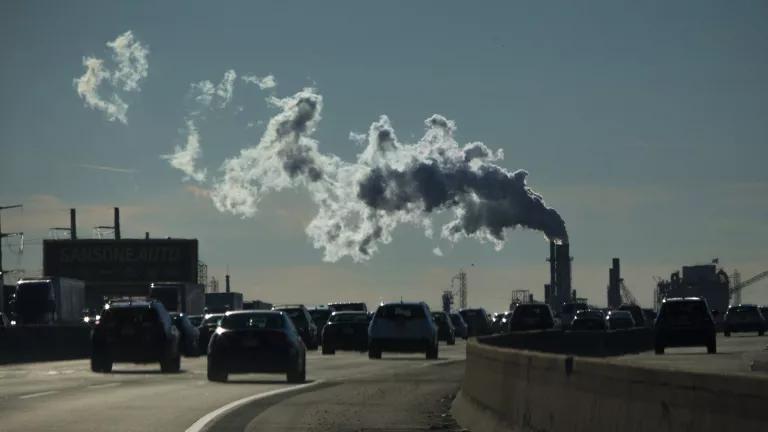Chemical Disaster Prevention Repeal Will Harm EJ Communities

On April 17, 2013 in the town of West, Texas, a fertilizer facility storing ammonium nitrate exploded with the force of 15,000 thousand pounds of TNT, killing 15 people, many of them first responders, injuring more than 250, damaging or destroying more than 150 buildings, including a school and nursing home, and scattering debris for miles.
Shortly thereafter, under pressure from the organizing efforts of joint national-community alliances like Coming Clean and the direction of President Obama, the U.S. Environmental Protection Agency (EPA) proposed changes to regulations known as the Risk Management Plan (RMP) of the Clean Air Act. At the time, the RMP required thousands of facilities around the country that used high-risk, hazardous substances to develop a risk management plan, which must be revised and resubmitted to the EPA every five years. The last significant update to the RMP was in 1996.
The 2016 amendments to the RMP required industry sectors most responsible for deaths, injuries, and other damage from chemical disasters to evaluate and consider safer technologies and alternatives to reduce risk to workers, communities, and first responders before a chemical disaster takes place. They also made it easier for the public to obtain information directly from a facility about what chemicals are being used there, without requiring communities to jump through a maze of bureaucratic hoops. When a disaster or a “near miss” did occur under the new rules, an incident analysis would be required to evaluate the root causes. Finally, instead of allowing the chemical industry to self-audit, many regulated facilities would be required to hire independent third parties to investigate and evaluate compliance.
These improvements to the RMP, collectively known as the Chemical Disaster Rule, were developed through an exhaustive three-year process that included 10 public listening sessions, over 144,000 public comments, a Small Business Advocacy Review panel, a 147-page Regulatory Impact Analysis, a 259-page response to public comments, and two reviews by the Office of Information and Regulatory Affairs. The EPA finalized the updates in January 2017, and set the effective date for the Chemical Disaster Rule for March 14, 2017.
Importantly, over the course of this process, the federal government found that the dangers associated with these hazardous chemical facilities fall disproportionately on low-income communities of color, or environmental justice communities. This isn’t new information.

According to a 2014 report by the Environmental Justice Health Alliance (EJHA), a national network of grassroots organizations advocating for chemical policy reform, almost half the people living closest to the approximately 3,500 hazardous chemical facilities studied are Black or Latino, despite the fact that they make up less than 30 percent of the population nationwide. Further, the poverty rate in these areas is 50 percent higher than the national average.
Amidst the wave of attempted regulatory rollbacks early in the Trump administration, former EPA Administrator Scott Pruitt decided to put these newly finalized protections on hold, first for a few months, and then until February 19, 2019. Now, Trump’s EPA has shed the pretense of delay entirely in favor of gutting the Chemical Disaster Rule for the stated purpose of reducing industry costs.
According to Michele Roberts, co-coordinator of EJHA, “This administration has again demonstrated that its focus is on protecting the profit of chemical manufacturers and refineries, rather than protecting first responders, workers, and the lives of 134 million Americans living near dangerous chemical facilities.”
The need for the Chemical Disaster Rule’s precise improvements was demonstrated yet again in Texas last year, when Hurricane Harvey’s floodwaters destabilized the Arkema chemical plant outside of Houston. The liquid organic peroxide stored at the facility was released into the storm water, while a pressurized container exploded, creating a 40-foot plume of smoke that reached residents beyond the 1.5-mile radius encouraged to evacuate.
Rolling back these critical protections in the wake of a devastating hurricane season that highlighted the need for increased oversight for chemical facilities demonstrates a lack of leadership and commitment to public health under this administration’s EPA.
The opportunity to influence the outcome is still underway. EPA is accepting public comments on this problematic rollback until August 23, 2018.




